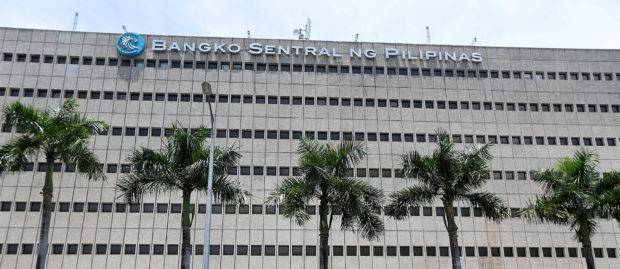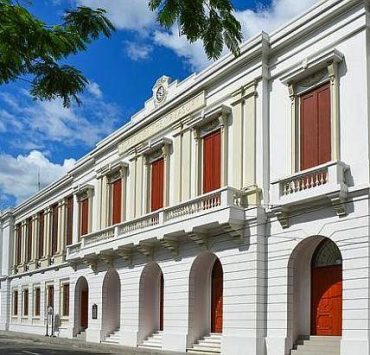‘Twin deficits’ seen as persistent drag to peso

Hefty government spending on infrastructure and a sharp cut in import duties on rice would likely result in large “twin deficits” that could weigh on the peso, which would prompt the Bangko Sentral ng Pilipinas (BSP) to carefully time its rate cuts.
In a report sent to journalists, Nomura said it expects dollar outflows from continued importation of construction materials needed for big-ticket infrastructure projects, and from the projected increase in rice imports after President Marcos approved further reductions in tariffs on the staple grain.
Those two developments, in turn, may result in a big “twin deficit”—or when a country has budget and current account deficits at the same time. Simply put, having a twin deficit means the government is spending beyond its means while the country is also shelling out more dollars to pay for imports than earning from exports.
According to Nomura, Mr. Marcos’ infrastructure program continued to drive government spending, while the reduction in import duties on rice could result in foregone state revenues.
Only one rate cut?
“We expect the current account deficit to remain large and fiscal consolidation targets to be challenging this year,” the Japanese investment bank said.
“Relatively large twin deficits under the BSP’s flexible market-determined [foreign exchange] regime could imply persistence in currency weakness,” it added.
That persistent weakness of the peso is one of the reasons why Nomura still believes that the BSP would start its cutting cycle only after the US Federal Reserve makes its own easing move. The bank forecasts a total of 150 basis points (bps) reduction to the key rate in the second quarter of next year.
Last week, the Monetary Board (MB), the highest policymaking body of the BSP, left the benchmark rate unchanged at 6.5 percent for the sixth straight meeting.
But Governor Eli Remolona Jr. struck a more dovish tone and said there’s a chance that the central bank might cut the policy rate by a total of 50 bps this year—with the first 25-bp cut possibly in August and ahead of the Fed.
More easing
For Nalin Chutchotitham, economist at Citibank, the BSP might ease more than that.
“We continue to maintain our call for 25-bp rate cuts in August, October and December 2024, followed by 25-bp rate cuts in February, May and August 2025 as our base case,” Chutchotitham said.
“In any case, we note the risk of slower rate cuts, which most likely depend on the speed of inflation decline, the timing of the Fed’s rate cuts and potential depreciation pressure on the peso,” she added.
But Diwa Guinigundo, analyst at GlobalSource Partners, said one rate for the year was more likely to happen based on latest signals from the BSP.
“A second reduction in November or December is, as usual, data-driven both in terms of actual and projected inflation rates in the next two years,” Guinigundo, a former central bank deputy governor, said. “The balance of risks would also be an important metric for the BSP.”

















